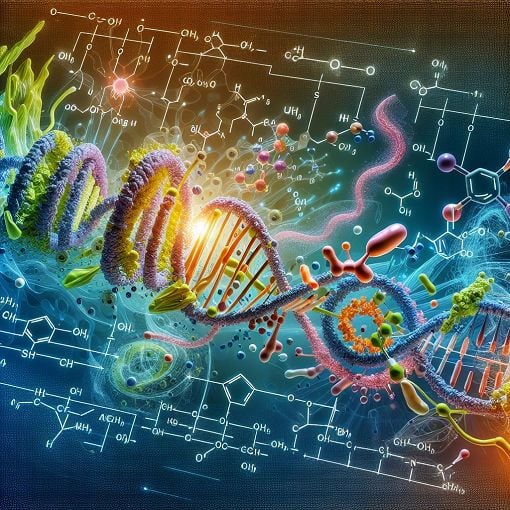Micro Biology 220 Lecture 3 Quiz
{"name":"Micro Biology 220 Lecture 3 Quiz", "url":"https://www.quiz-maker.com/QPREVIEW","txt":"Test your knowledge on key concepts of anaerobic respiration, fermentation, and the intricacies of the electron transport chain with our engaging quiz. Perfect for students reviewing for exams or anyone interested in microbiology!15 challenging questionsMultiple choice formatInstant feedback on your answers","img":"https://cdn.poll-maker.com/104-5106087/img-1m3w31x3qh9vvazvjt8g0dbm.jpg"}
More Quizzes
Science Test #5
17879
Microbiology
1368
Daily Scrum Pop Quiz
9414
Discover Abdullah's Favorites!
10511
How Well Do You Know Your Girlfriend - Free Online
201022444
Which Medieval Weapon Are You? Free Personality
201017191
Cloud - Identify Cloud Types by Classification
201016044
Which Phrase Describes the Relative Age of a Rock?
201017004
3.12 Unit Test: Nutrition Part 1 - Free Practice
201015992
Am I Allergic to Cats - Free, Instant Results
201016647
What Is My Native American Spirit Name? - Free
201017128
Avatar Movie - Test Your Pandora Knowledge (Free)
201016882
